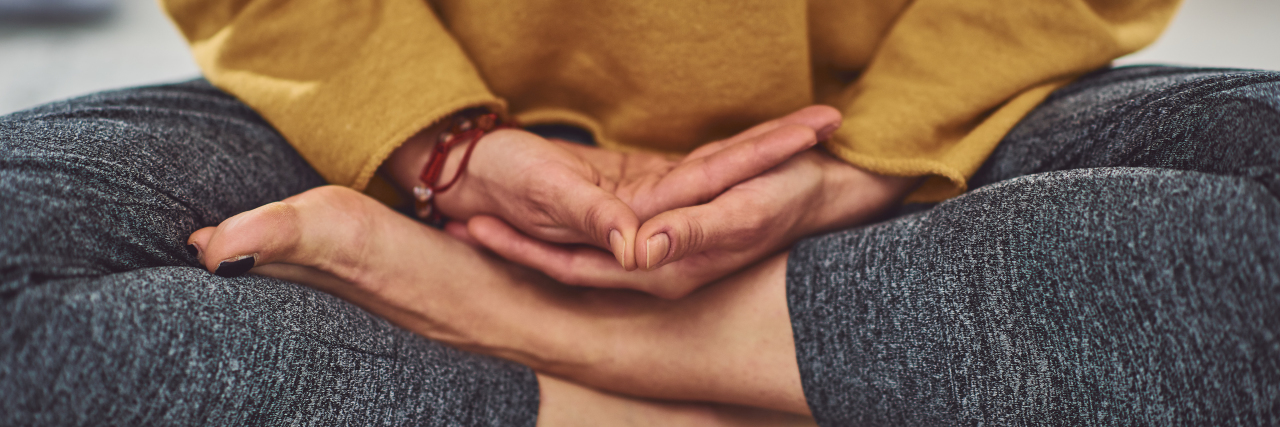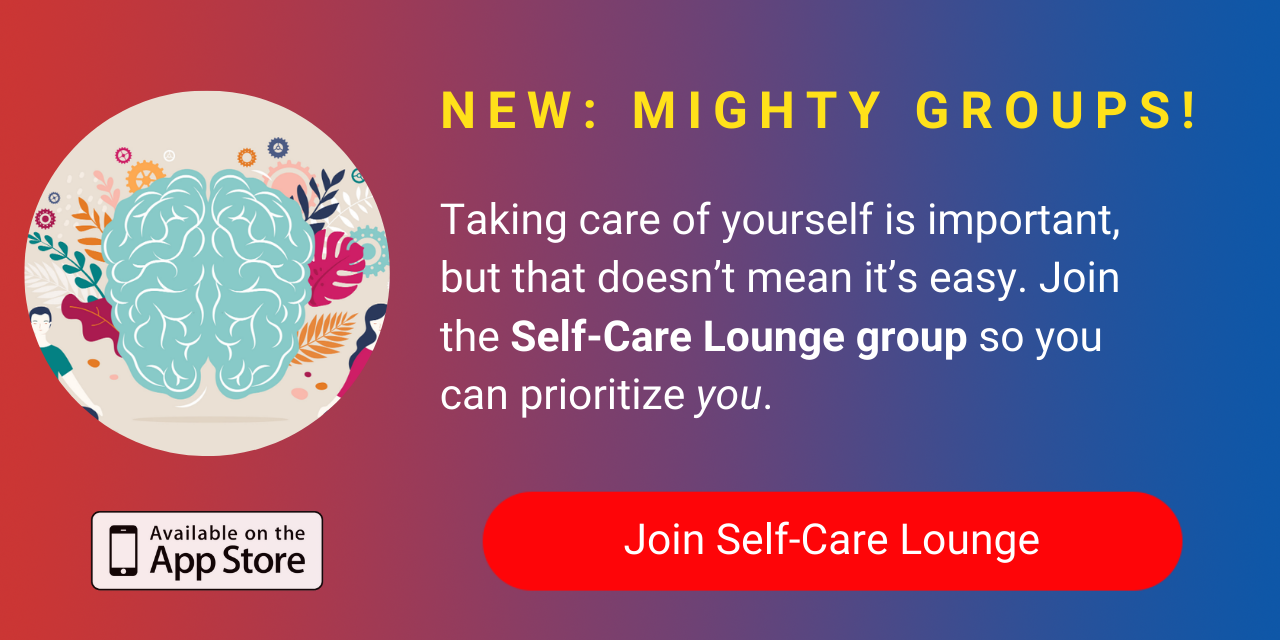As a brain injury survivor and a yoga teacher, one of the most common questions I am asked is which poses help with specific brain injury symptoms. The list of complaints is long: headaches, nausea, anxiety, depression, attention span, insomnia, fatigue, spatial sense, etc. I do my best to make a recommendation and inadvertently offer a glimpse of hope that this will be the thing that works.
I get why people ask this question; brain injury recovery includes very vague concepts like time and rest. We often desire and at times are desperate for something tangible for symptom management. Existing treatments for brain injury have no guarantees and rarely get us back to our former selves. Even the most accepting of survivors can’t help but jump at something that may help.
Yoga has been a game-changer after a brain injury and five concussions; I came to the mat somewhere between head injury numbers four and five, and now have an (almost) daily practice. I completed Yoga Teacher Training and teach at a local studio in my community of Niagara Falls, ON. I’ve written, been a guest on podcasts and shared with others how much yoga has helped me as a brain injury survivor — but not in the way you may think.
When I answer the common question of which pose will help with a specific symptom, it suggests that I base my practice around which poses I can use for symptom management. While I do have a few go-to poses for things like headaches, I rarely structure my practice around which poses will directly relieve or improve a particular brain injury symptom.
When I first started practicing yoga, I began with poses from the very few (maybe two?) yoga classes I’d been to in my life. I didn’t know any of their benefits but I did know they felt good. Over time, I started noticing I felt less fatigued, I had fewer headaches, I was less anxious, and I slept better and wasn’t bumping into things as much. I also noticed I was more flexible, I was stronger and I was able to move my body into advanced poses. I credited yoga for a lot of the improvements I saw in my brain injury health during this time, but not because certain poses resulted in fewer symptoms.
It was never about the pose.
It didn’t matter which pose I did because what was happening on my mat was bigger than which shape my body was taking. Simply being on my mat and practicing any kind of yoga pose allowed me to be active again in a way that respected my limitations, gain confidence and be kinder to myself and feel good in my body — which is a challenge when you experience brain injury symptoms most hours of the day.
I had been a year-round athlete before my brain injury, but couldn’t find my groove again within exercise due to symptoms and feeling discouraged when I couldn’t do something. Yoga was exercise that didn’t judge if I couldn’t do something; no matter how I was feeling on a given day, there was always something I could do. Yoga taught me to accept my brain injury as is and not beat myself up when symptoms flared up. I learned to listen to my body and rest when I needed to without shame. I could lay in child’s pose and that was enough for yoga.
The best yoga pose a brain injury survivor can do is one that feels good. It doesn’t matter which pose you do as long as your brain and body like it. No two brain injuries are alike and that truth exists on the yoga mat. There are poses that are recommended for symptoms I have that my body says no to and there are poses I love doing that you would think wouldn’t be the best for a person with a brain injury (*cough* camel *cough*).
It was never about the pose and it still isn’t about the pose; the best yoga pose you can do for a brain injury is getting on your yoga mat. The rest is up to you and your brain!
Getty image by Millann.


